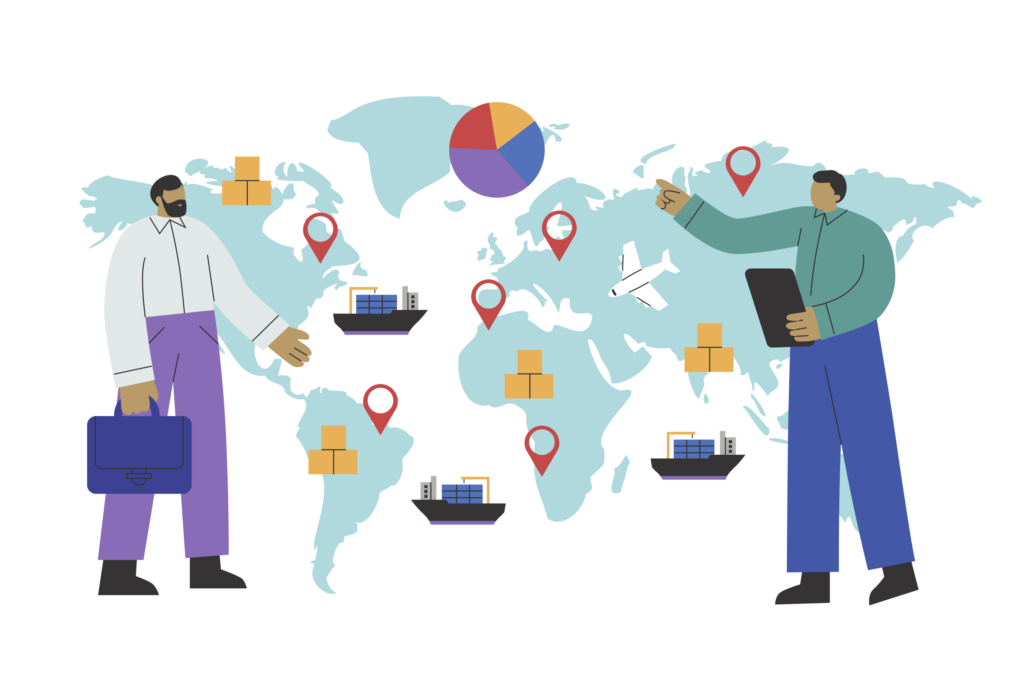
Do you know that stability insurance companies used to count on? Well, it’s fading fast. We’ve had a bunch of unexpected problems this century, like a pandemic, political chaos, supply chain issues, conflicts, high prices, and crazy weather. Just three years, and bam! All this stuff happened. And to think, not long ago, we wouldn’t have imagined all of this could hit us at once.
So, what’s next for insurance? Well, technology is going to be a game-changer. Think about it: with all the craziness happening in the world, insurers need better ways to understand and manage risks. That’s where technology steps in.
Imagine using AI to analyze data and predict risks more accurately. It could help insurers stay ahead of the game and offer more tailored policies to customers. Plus, with the rise of IoT devices, like smart home gadgets and wearables, insurers can gather real-time data to assess risks and even prevent accidents.
And let’s not forget about blockchain technology. It could revolutionize how insurance claims are processed, making it faster, more transparent, and less prone to fraud.
So, the future of insurance is tech-driven. It’s all about using cutting-edge tools to navigate an increasingly unpredictable world and provide better protection for everyone.
In this blog, we will discuss the future of insurance technology and how it will shape the future.
When the concern is about the future of technology, AI & ML is trending, so let’s start with it and find out how AI & ML trends will be shaping the future of insurance.
AI-related insurance trends that will be shaping the future
AI tech is already everywhere – in our businesses, homes, cars, and even in our daily lives. COVID-19 totally shook things up and sped up the adoption of AI, especially for insurers. Suddenly, companies had to quickly adapt to remote work, beef up their digital tools for sales, and amp up their online presence. While most didn’t dive deep into AI during the pandemic, the push for digital and a newfound openness to change will make it easier for them to start using AI in their day-to-day life.
How data from connected devices will play a crucial role?
Get ready for a data explosion! While sensors in industrial gear have been around for a while, brace yourself for a surge in connected consumer gadgets. From cars and fitness trackers to home assistants and smartwatches, existing devices are multiplying. Plus, new categories like smart clothing, eyewear, and medical devices are joining the mix. Experts predict we’ll hit up to a trillion connected devices by 2025. All this data will give insurers a deeper understanding of their customers, leading to new products, personalized pricing, and faster service.

Open-source and data ecosystems:
As data becomes more common, open-source protocols will pop up to make sure data can be shared across different industries. Public and private groups will team up to create ecosystems where data can be shared for lots of different uses. For instance, info from wearables might go straight to insurance companies, while data from connected homes and cars could be accessed through big companies like Amazon or Google.
Advances in cognitive technologies
Do you know those fancy technologies that can understand images and voices? Well, they’re getting even better and will be used for lots of things. These technologies are like our brains – they learn and understand stuff. They’ll become the go-to way to deal with all the huge amounts of data coming from new “smart” insurance products linked to what people do. With these tech improvements, insurers will have access to models that keep learning and changing based on what’s happening – making new kinds of insurance and ways to connect with customers while keeping up with changes in risks and behaviours.
Telematics & Internet Of Things
Data is super important for insurance companies, and how they collect it has changed a lot. Instead of filling out forms or talking on the phone, insurers now get real-time data straight from customers.
Telematics is all about collecting data about how people travel, and nowadays, insurers can easily get this info through smartphone apps. People are okay with sharing their driving data if it means they get better insurance deals. Plus, many cars today are built with connections that send data back to the manufacturers. This creates a cool opportunity for insurers to work closely with car makers, especially with self-driving cars on the horizon.
The Internet of Things (IoT) has exploded in popularity. People are used to smart gadgets in their homes, like smart thermostats and fridges. These gadgets send real-time data automatically, which helps customers get better service and helps companies make better products. Smart homes are becoming more common thanks to IoT, with devices that can detect things like floods or fires. This data is useful for insurers to figure out who needs insurance the most and who can get discounts for being extra careful.
Core systems & partner ecosystems
For insurance companies to manage all their data, they need a central system called a Core Policy Administration System. This system, built on cloud technology, helps them organize their data better, save money, and stay up to date with new features.
What’s cool is that these systems can connect with other companies’ systems, too. This means insurers can use extra info from other companies to understand their data better. They do this using thingsAPIs, which lets different systems talk to each other. Insurers partner with other companies for things like payment processing and risk assessment, which helps them offer better products and services. As insurers team up with more companies, we can expect even more awesome services to come out that help insurers and customers alike.
Conclusion
In conclusion, the future of insurance is deeply intertwined with advancements in technology, particularly in the realms of data collection, management, and partnership ecosystems. With the rise of telematics and the Internet of Things, insurers have access to unprecedented amounts of real-time data, enabling them to offer more personalized and responsive services to their customers. Additionally, the adoption of Core Policy Administration Systems and partnerships with third-party ecosystems further enhance insurers’ capabilities to innovate and deliver tailored solutions. As technology continues to evolve, we can expect the insurance industry to adapt and thrive, driving greater efficiency, affordability, and customer satisfaction.







